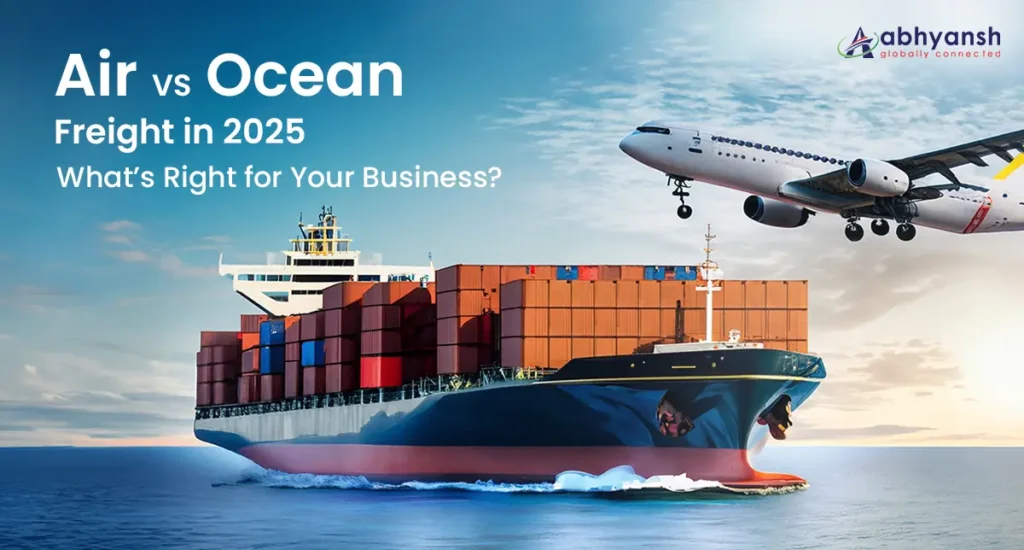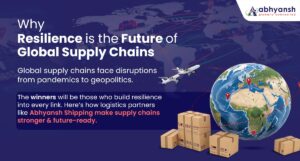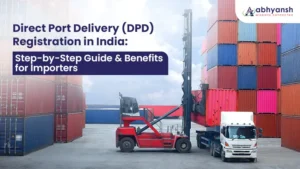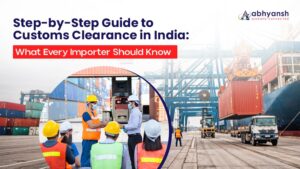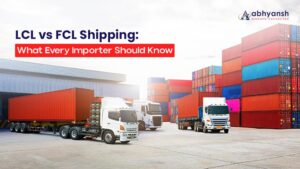In a global economy driven by speed, cost-efficiency, and increasingly, environmental responsibility — choosing between air and ocean freight is no longer a one-size-fits-all decision.
As we progress through 2025, both freight modes have evolved, presenting businesses with distinct advantages depending on their industry, timelines, and customer expectations. If you’re wondering whether air or ocean freight is right for your business, this article breaks down the key considerations shaping logistics decisions today.
Speed vs. Scale: The Age-Old Dilemma
Air Freight:
Speed is its superpower. In 2025, air freight is faster than ever, with optimized flight routes, improved customs clearance, and smart tech integrations. Critical shipments, like pharmaceuticals, electronics, or high-value components, are better suited for air.
Ocean Freight:
Ocean remains unmatched in scale. With container mega-ships and automation at ports, maritime shipping is now more reliable, though slower. Bulk commodities, raw materials, and non-urgent goods are ideal for sea transport.
Quick Tip:
Need to get it there fast? Think air.
Need to move it in bulk? Go ocean.
Cost Considerations: Budget vs. Urgency
Air Freight Costs:
In 2025, air cargo is still significantly more expensive per kg than ocean freight. However, new fuel-efficient aircraft and better cargo consolidation tech are helping bring costs down — especially for smaller, lighter loads.
Ocean Freight Costs:
Sea freight is budget-friendly. But beware, delays or disruptions can lead to indirect expenses like inventory holding costs or stockouts. The good news? Digitization has improved visibility, reducing uncertainty.
When to Choose Air:
-
- Time-sensitive deliveries
-
- High-value, low-volume products
-
- Inventory stock-outs or last-minute supply chain issues
When to Choose Ocean:
-
- Large-volume shipments
-
- Flexible delivery timelines
-
- Cost-sensitive logistics operations
Sustainability: The Growing Priority
In 2025, sustainability is no longer a CSR checkbox, it’s a business differentiator.
-
- Air Freight has higher carbon emissions per kg. However, investments in sustainable aviation fuel (SAF) and carbon offsetting programs are underway.
-
- Ocean Freight, especially with new IMO regulations and fuel-efficient ships, is emerging as the greener alternative.
If sustainability is key to your brand story, ocean freight helps lower your carbon footprint and appeal to eco-conscious stakeholders.
Smart Strategy: Consider Hybrid Models
What’s becoming increasingly popular in 2025 is not “either-or,” but “smart combinations.”
Multimodal Shipping — a mix of ocean for long-haul and air/road for last-mile is helping businesses achieve cost efficiency without compromising speed.
For example:
-
- A fashion retailer ships seasonal stock by ocean, but uses air for urgent reorders.
-
- A manufacturer splits its shipment – raw materials by sea, critical parts by air.
The future lies in flexibility, and logistics providers are now offering tailored hybrid models based on cargo type, seasonality, and risk appetite.
Making the Right Decision for Your Business
Ask yourself these four questions:
-
What’s the urgency?
Can your business afford longer transit times?
-
What’s the cargo size and weight?
Air is great for light and compact shipments.
-
What’s the cost-to-value ratio?
Is the added air cost justified by the value or urgency?
-
What are your sustainability goals?
How important is your environmental impact?
The right choice often lies at the intersection of all four.
Final Thoughts
In 2025, the decision between air and ocean freight is no longer just operational, it’s strategic. It’s about balancing urgency, cost, carbon, and customer expectations.
At Abhyansh, we help businesses make that choice intelligently. With deep industry insights and a global network of partners, we design freight strategies that are aligned with your business goals — whether that means saving time, cutting costs, or going greener.So, air or ocean?
Why not both, but smarter?

